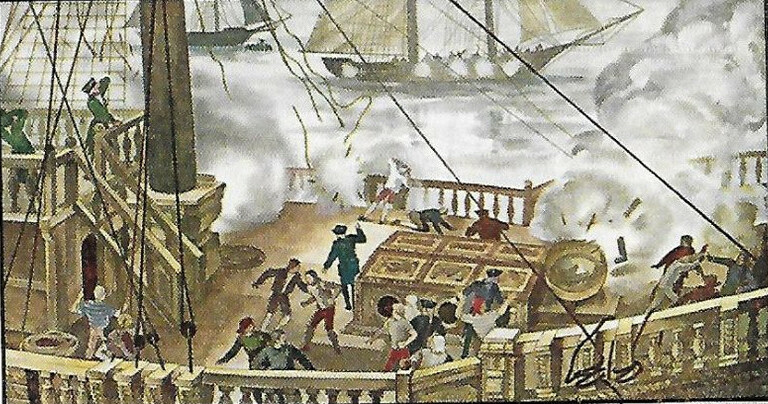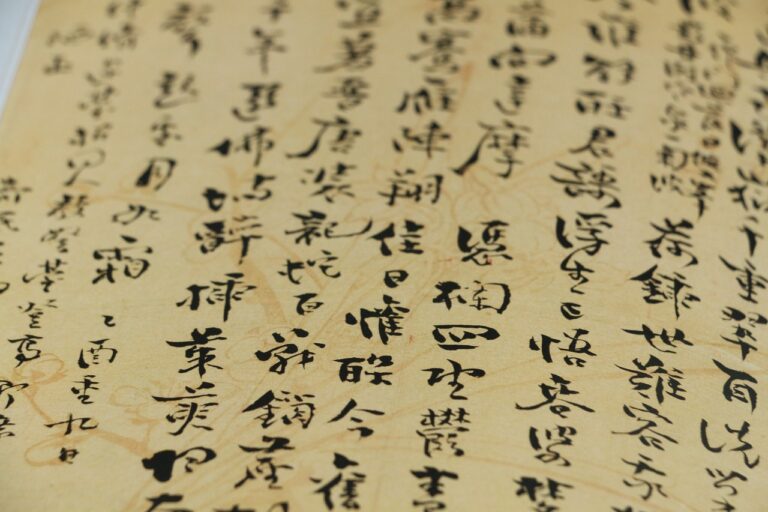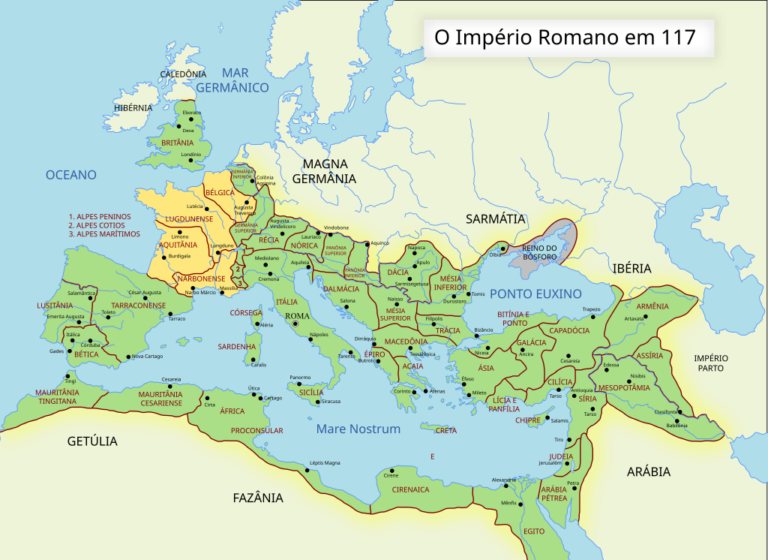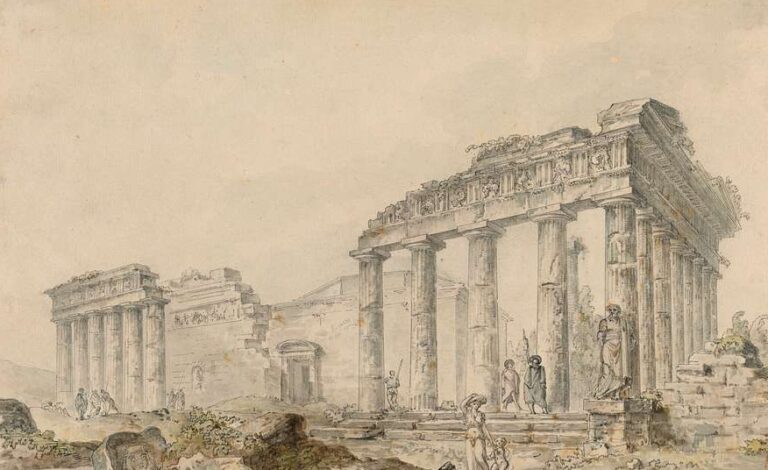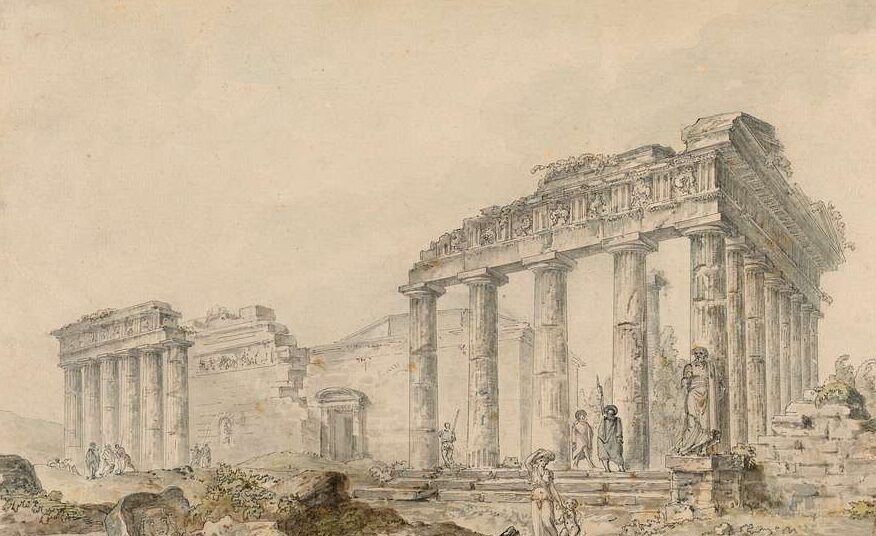
Throughout history, many empires have risen and fallen, some lasting for centuries while others existed only for a brief moment. Here is a list of some of the shortest-lived empires in history:
1) Qing Restoration (12 Days – 1917)
In 1917, General Zhang Xun led an effort to restore the overthrown Qing Dynasty in China. His forces took control of Beijing, and Emperor Puyi was briefly reinstated. However, the attempt was short-lived, as opposing forces quickly defeated Zhang Xun’s troops, ending the restoration after only 12 days (from July 1 to July 12, 1917).
2) Empire of China (3 Months, 10 Days – 1915-1916)
In 1915, Yuan Shikai, the President of the Republic of China, declared himself Emperor of China in an attempt to establish a new monarchy. However, widespread opposition and military resistance forced him to abandon the empire on March 22, 1916, ending his reign after just 3 months and 10 days.
3) Empire of Vietnam (5 Months, 12 Days – 1945)
During World War II, Japan established the Empire of Vietnam as a puppet state on March 11, 1945. Led by Emperor Bảo Đại, the empire was meant to serve Japan’s strategic interests in Southeast Asia. However, it collapsed quickly after Japan surrendered on August 23, 1945, lasting only 5 months and 12 days.
4) First Mexican Empire (7 Months – 1822-1823)
The First Mexican Empire was established after Mexico gained independence from Spain. Agustín de Iturbide was crowned Emperor Agustín I on July 21, 1822, but his reign was short-lived. Amid opposition and political instability, he abdicated on March 19, 1823, meaning the empire lasted between around 8 months.
5) German Empire (1848-1849) – 1 Year
During the Revolutions of 1848, a movement to unify Germany under a single imperial government emerged. The Frankfurt Parliament, an elected assembly, sought to establish a constitutional monarchy and offered the title of Emperor of Germany to King Frederick William IV of Prussia, who ultimately refused it. The provisional head of state, known as the Imperial Regent, became Archduke John of Austria. However, opposition from the major German states led to the collapse of this early attempt at German unification by 1849, making it one of the shortest-lived imperial governments in history.
6) First Empire of Haiti (2 Years, 24 Days – 1804-1806)
After leading Haiti to independence, Jean-Jacques Dessalines declared himself Emperor Jacques I in 1804. His rule, however, was turbulent, and he was assassinated in October 1806, bringing the empire to an end after 2 years and 24 days.
7) Central African Empire (2 Years, 9 Months, 17 Days – 1976-1979)
On December 4, 1976, President Jean-Bédel Bokassa declared himself Emperor Bokassa I and transformed the Central African Republic into the Central African Empire. His extravagant coronation and oppressive rule led to his downfall, and he was overthrown on September 21, 1979, after 2 years, 9 months, and 17 days.
8) Palmyrene Empire (3 Years – 270-273 CE)
Queen Zenobia of Palmyra led a rebellion against the Roman Empire in 270 CE, expanding her territory from Egypt to Turkey. In 271 CE, she and her son Vaballathus were proclaimed Emperor and Empress. However, Roman Emperor Aurelian reconquered Palmyra in 272 CE. A brief rebellion in 273 CE attempted to restore the empire, but it was swiftly crushed. While Palmyra’s independence lasted 3 years, the imperial title was used for only 2 years.
9) The Second Mexican Empire (3 Years – 1864-1867)
The Second Mexican Empire was established in 1864 when Maximilian I, an Austrian archduke, was installed as Emperor of Mexico with the backing of Napoleon III of France. His rule was deeply unpopular among many Mexicans, especially supporters of the Republican leader Benito Juárez, who waged a persistent resistance against the empire. As French support dwindled due to pressure from the United States and other conflicts in Europe, Maximilian was left vulnerable. In 1867, Republican forces captured and executed him, marking the end of the empire after just 3 years.
10) Rebel Roman Empire of Britain (4 Years – 407-411)
In 407 CE, Roman soldiers in Britain revolted and declared Marcus emperor. After his death, they proclaimed Gratian, who was also killed, leading to the rise of Constantine III. Constantine invaded Gaul and ruled from Britain to Spain until his defeat and death in 411 CE, marking the end of this short-lived empire after 4 years.
11) Italian Empire of Ethiopia (5 Years – 1936-1941)
On May 9, 1936, King Victor Emmanuel III of Italy was proclaimed Emperor of Ethiopia after the successful Italian invasion of Ethiopia. This marked the beginning of Italian rule over the country, which lasted de facto for 5 years until British-led Allied forces expelled the Italians in 1941. However, Victor Emmanuel III did not officially renounce his Ethiopian title until November 1943.
12) Second Empire of Haiti (1849-1859) – 10 Years
In 1849, Haitian President Faustin Soulouque, a former general, declared himself Emperor Faustin I, establishing the Second Empire of Haiti. His reign was marked by extravagant displays of wealth and authoritarian rule. Attempting to expand his influence, he launched unsuccessful military campaigns against the Dominican Republic. Despite his efforts to solidify power, growing opposition led to his overthrow in 1859. He fled into exile, bringing an end to the empire after 10 years.
13) First French Empire (1804-1815) – 11 Years
Founded by Napoleon Bonaparte in 1804, the First French Empire quickly became the dominant power in Europe. Napoleon’s military conquests reshaped the continent, defeating major coalitions and expanding French influence across much of Western and Central Europe. The empire’s fortunes declined following the disastrous Russian campaign of 1812 and the decisive defeat at Leipzig in 1813. In 1814, Napoleon was forced to abdicate and was exiled to Elba, though he briefly returned to power in 1815 during the Hundred Days. His final defeat at Waterloo in June 1815 marked the end of the empire.
14) The Ephimeral Empire of Manchukuo (1932-1945 – 12 Years)
Established as a Japanese puppet state, the Empire of Manchukuo was proclaimed in 1934, with Puyi (the last Emperor of China) installed as ruler. It collapsed after Japan’s defeat in World War II in 1945, lasting 12 years.
15) The Third Reich (12 Years, 3 Months – 1933-1945)
Although Nazi Germany lasted longer than most entries on this list, it is often considered a short-lived empire in comparison to historical superpowers. Adolf Hitler established the Third Reich in 1933, aiming for a thousand-year empire, but it was destroyed after 12 years and 3 months when Germany surrendered in May 1945.
16) The Empire of Korea (13 Years – 1897-1910)
The Empire of Korea was proclaimed in 1897 by Emperor Gojong in an effort to assert Korea’s sovereignty and break free from Chinese influence after the First Sino-Japanese War. The empire aimed to modernize the country, implementing military, political, and economic reforms inspired by Western and Japanese models. However, growing Japanese dominance in the region, especially after their victory in the Russo-Japanese War (1904-1905), gradually eroded Korean independence. In 1910, Japan formally annexed Korea, dissolving the empire and ending its monarchy after 13 years.
17) Gallic Empire (260-274) – 14 Years
The Gallic Empire was a breakaway state from the Roman Empire, founded in 260 CE by Postumus, a Roman general who rebelled against Emperor Gallienus. It controlled Gaul, Britannia, and parts of Hispania, effectively ruling the western provinces independently. Postumus and his successors maintained a Roman-style administration and military, but internal strife weakened the empire. In 274 CE, Emperor Aurelian reconquered the region, defeating the last Gallic emperor, Tetricus I, at the Battle of Châlons, bringing an end to the short-lived empire..
18) Qin Dynasty (15 Years – 221-206 BC)
The Qin Dynasty was founded when Ying Zheng proclaimed himself the first Emperor of China in 221 BC. It lasted only 15 years, collapsing in 206 BC due to rebellions. Despite its short reign, the dynasty unified China and established imperial rule.
19) Empire of Thessalonica (18-21 Years, Emperor Title for 3-10 Years – 1225-1246)
The Empire of Thessalonica began when Theodore Komnenos Doukas was crowned emperor around 1225-1228. After being captured in 1230, his brother Manuel Doukas ruled as Despot until Theodore returned in 1237. Theodore’s son, John Komnenos Doukas, used the title of emperor by 1241 but was forced to revert to Despot in 1242. The empire fell in 1246, lasting 18 to 21 years, with the imperial title used for only 3 to 10 years.
….
Related articles:
The Longest-Ruling Dynasties in History

